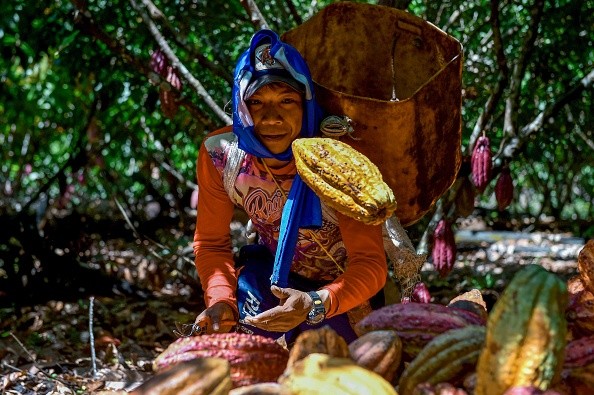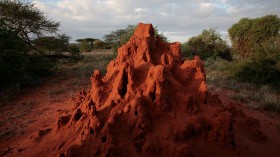Cadmium is a toxic metal that can accumulate in cacao beans, the main ingredient of chocolate. But a new study shows that most cacao grown in Peru, one of the major producers in Latin America, can meet the European Union's strict limits on cadmium levels.
About cadmium and its concern

Cadmium is a non-nutritive element that is present in the soil and can be absorbed by plants. It has no beneficial role in plant growth and development, but can cause health problems for humans who consume it over time.
It can damage the kidneys, bones and lungs, and increase the risk of cancer, as per Phys. Org.
The European Union has implemented limits on cadmium levels in chocolate and cacao products since 2019, to protect consumers from exposure to this harmful substance.
The limits range from 0.3 to 0.8 milligrams per kilogram (mg/kg) of chocolate, depending on the percentage of cocoa solids.
These limits are lower than those of other countries, such as the United States, Canada and Japan.
Also Read: New Nickel-Eating Plant Species Discovered in Philippines
How does cadmium get into cacao?
Cadmium naturally occurs in the soil of much of Latin America's cacao farms, and is taken up by the roots of cacao trees, as per AcanChia.
The amount of cadmium in cacao beans depends on several factors, such as the geology, soil type, pH, rainfall and cacao variety.
Latin America has younger, less eroded soils than other cacao producing regions, which means that they have higher cadmium concentrations.
Also, some areas have soils that are derived from volcanic rocks or river sediments that contain high levels of cadmium.
Some cacao varieties have lower cadmium uptake than others, which means that they can produce beans with lower cadmium levels.
Studies have revealed, for instance, that Criollo and Trinitario types accumulate less cadmium than Forastero varieties.
What did the researchers find?
Researchers from The Alliance of Bioversity International and the International Center for Tropical Agriculture (CIAT) conducted the largest study to date of cadmium and cacao in Peru, collecting over 2,000 samples across the country.
They published their findings in Science of the Total Environment.
They found that the most important predictor of cadmium in cacao beans is cadmium in the soil. They also found that soil cadmium levels vary widely across Peru, due to its complex geological history.
Then, they created a map that shows the distribution of soil cadmium and the potential impact on cacao farmers.
The good news is that they estimated that more than 80% of cacao grown in Peru can be used to make chocolate that complies with the EU cadmium limits, with little to no impact on farmers' livelihoods.
Some hotspots where soil cadmium levels are high have been identified and where farmers may face challenges to sell their cacao.
The researchers recommend that farmers in these areas adopt good agricultural practices, such as applying organic amendments or lime to reduce soil acidity and cadmium availability, or planting low-cadmium accumulating varieties.
More research is needed to understand the genetic and environmental factors that influence cadmium uptake in cacao, as per the researchers' suggestion.
Nevertheless, this study provides valuable information for cacao farmers, buyers, policymakers and consumers who want to ensure the safety and quality of chocolate and cacao products.
Related Article: Heavy Metal Contamination is Turning Green Leafy Vegetables Purple
© 2024 NatureWorldNews.com All rights reserved. Do not reproduce without permission.





